In our vast and diverse planet, some of the tiniest creatures often go unnoticed.
These miniature mammals, each with their unique characteristics, play vital roles in their ecosystems.
From shrews to bats, these tiny wonders are fascinating in their own right.
Here, we delve into the world of the smallest mammals that roam the earth, revealing their secret lives and peculiar traits.
Prepare to be amazed by these 15 tiny marvels you may not have known existed.
Etruscan Shrew
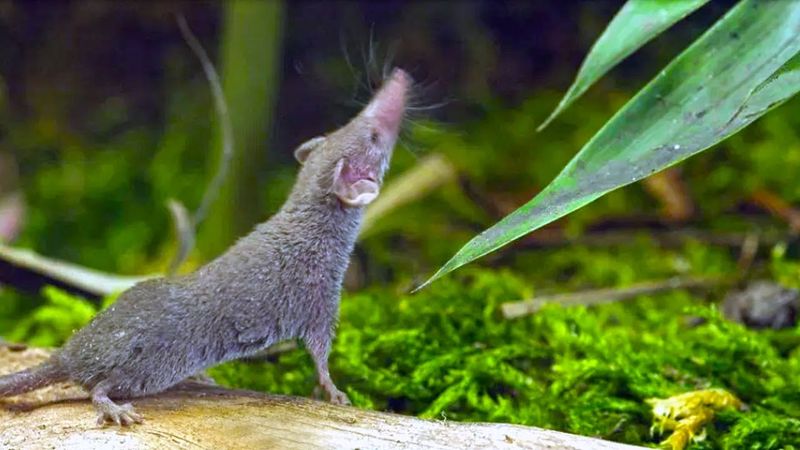
Weighing less than a penny, the Etruscan Shrew is a tiny dynamo of energy. Its heart beats an astonishing 1,500 times per minute. These insectivores are constantly in pursuit of food.
Despite their size, they have large appetites, consuming twice their body weight daily. With a lifespan of just over a year, they live fast and die young.
Their tiny size allows them to nestle into the smallest nooks and crannies, evading predators. Observing them requires patience and a keen eye.
Bumblebee Bat

The Bumblebee Bat, or Kitti’s Hog-nosed Bat, is no larger than a bumblebee. This makes it the smallest bat and one of the tiniest mammals on earth.
Found in the limestone caves of Thailand and Myanmar, they are elusive and rarely seen. Despite their size, these bats play a crucial role in pollination and insect control.
They roost in colonies, emerging at dusk to hunt. Their delicate wings allow them to maneuver with grace, capturing insects mid-flight.
Pygmy Jerboa
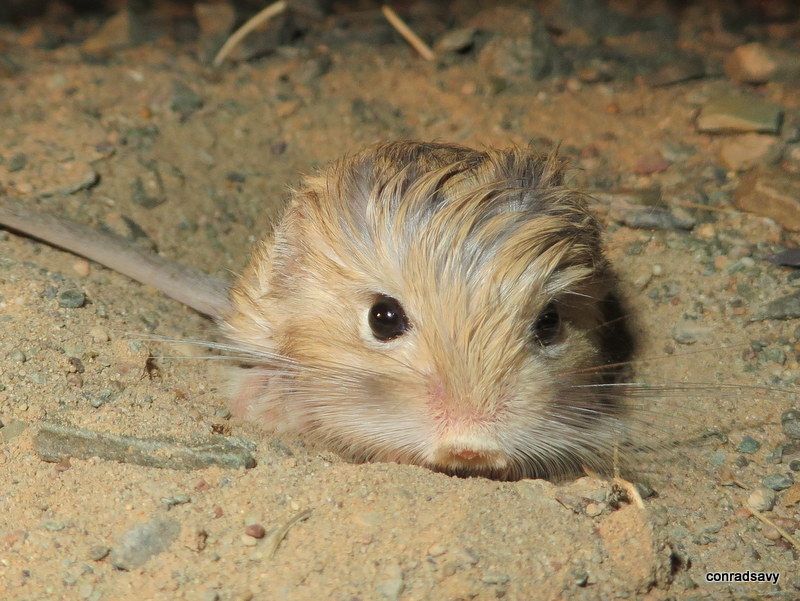
With its comically long legs and minuscule body, the Pygmy Jerboa is a marvel of desert adaptation. These creatures are found in the arid deserts of Asia.
Their hopping movements resemble that of a kangaroo, albeit on a much smaller scale. Weighing just a few grams, they are among the world’s smallest rodents.
Their diet consists mainly of seeds and insects, sustaining them in their harsh environment. They are nocturnal, avoiding the daytime heat of the deserts.
Long-tailed Planigale
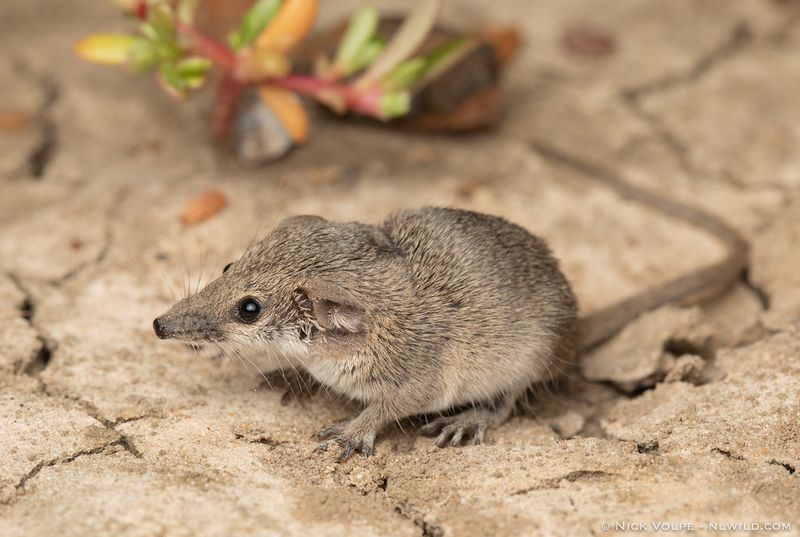
Imagine a creature that can slip through the tiniest of cracks. The Long-tailed Planigale, native to Australia, is exactly that.
With a flattened head and a body measuring a mere five centimeters, it navigates through grass and soil with ease. Its diet primarily consists of small insects and larvae.
These marsupials are masters of stealth, avoiding predators with their agile movements. They live in grassy habitats, blending seamlessly into their surroundings.
American Pygmy Shrew
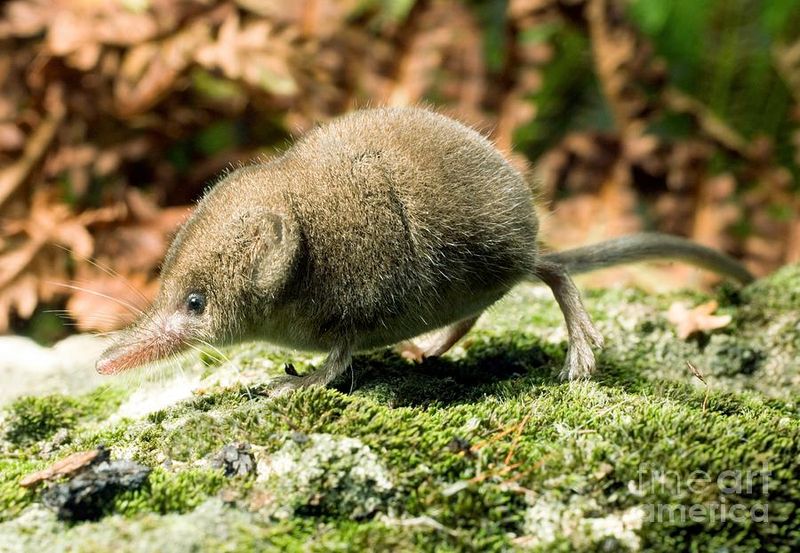
The American Pygmy Shrew is the smallest mammal by mass in North America, a master of survival. Weighing about as much as a paperclip, it spends its life in a perpetual search for food.
Its metabolism is extraordinarily high, necessitating constant feeding on insects and spiders. Despite its meager size, it boasts a fierce predatory instinct.
These shrews are found in forests, where they remain out of sight, hidden beneath leaf litter. Their lives are brief, yet full of energy and purpose.
Pygmy Mouse Lemur
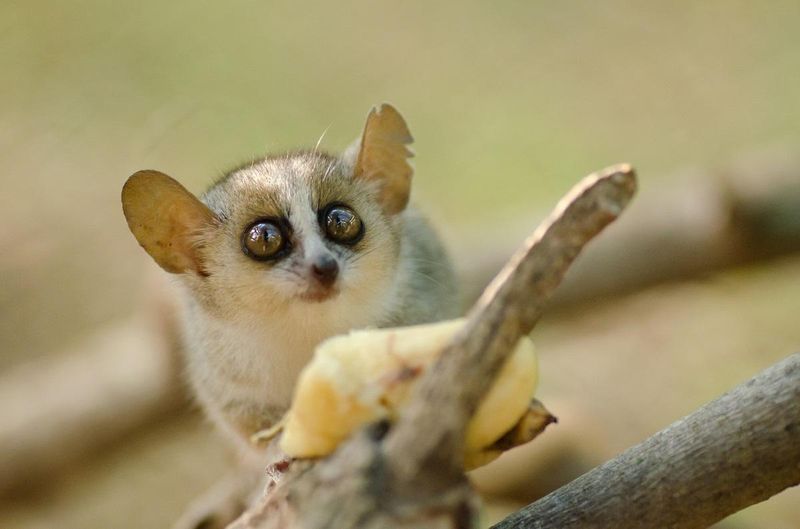
Native to Madagascar, the Pygmy Mouse Lemur holds the title of the world’s smallest primate. Its big eyes are adapted for nocturnal life, scanning the dark forests for food.
Weighing just 30 grams, it lives high in the canopy, avoiding ground predators. Despite its size, it’s an agile climber and jumper.
The lemur’s diet consists of fruits, flowers, and insects. Their social behavior is complex, with family groups sharing nests. Their tiny size belies their intricate social lives.
Philippine Tarsier
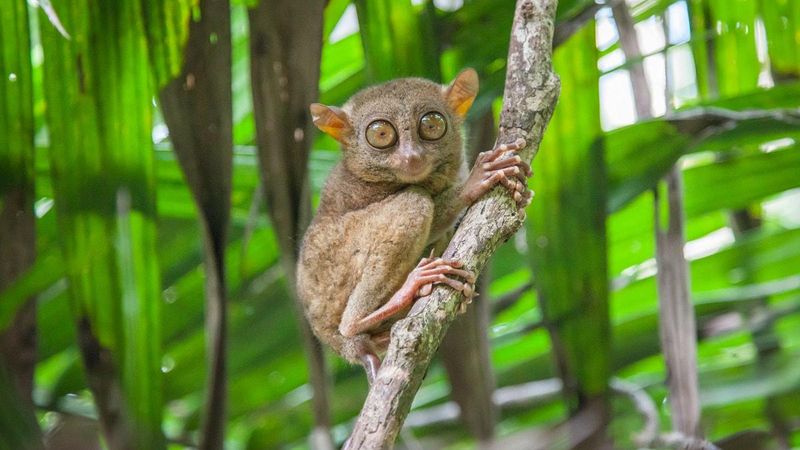
The Philippine Tarsier, with its enormous eyes, is a nocturnal wonder. These primates are native to the forests of the Philippines.
Their eyes are as large as their brain, providing excellent night vision. Weighing around 100 grams, they are agile hunters of insects.
Despite their small stature, they possess a strong grip, leaping from tree to tree. Their whispers echo through the forest as they communicate with high-pitched calls.
Pygmy Three-toed Sloth
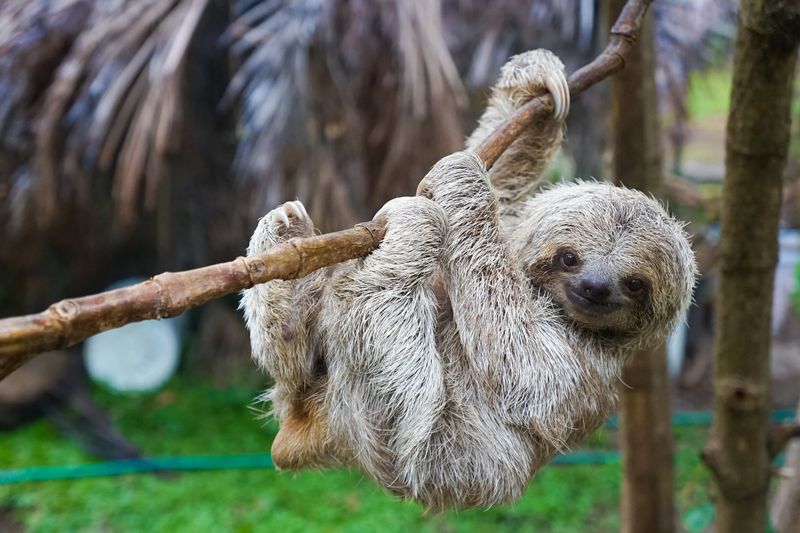
The Pygmy Three-toed Sloth, found only on Isla Escudo de Veraguas, Panama, is a unique island dweller. Smaller than other sloth species, it weighs around six kilograms.
These sloths spend their lives in mangrove forests, feeding on leaves. Their slow movements are a survival strategy, avoiding predators by blending with their environment.
Despite their sluggish pace, they are excellent swimmers, an adaptation to their island habitat. Their existence is a reminder of nature’s delicate balance.
Pygmy Marmoset
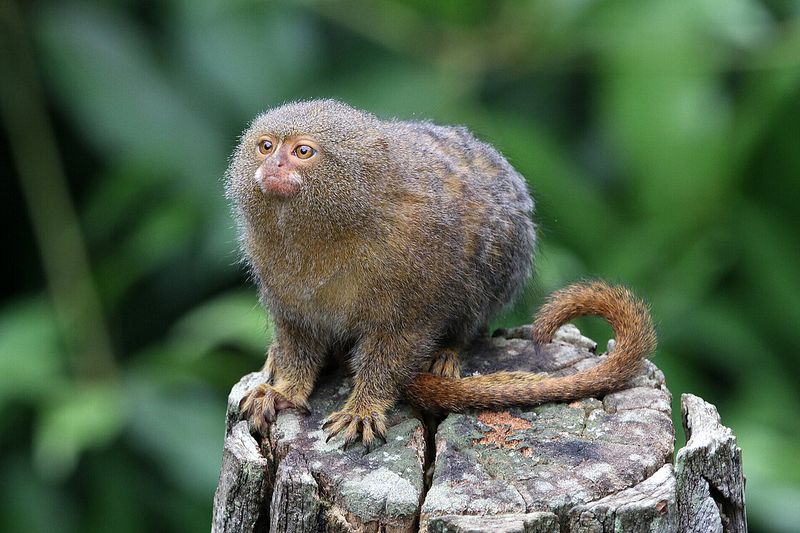
The Pygmy Marmoset, known as the world’s smallest monkey, is a true Amazonian marvel. Weighing just over 100 grams, it captures hearts with its tiny stature and playful antics.
Living in the treetops, these monkeys use their sharp claws to grip branches. Their social lives are rich, communicating through a variety of calls.
Their diet consists mainly of tree sap and insects. Watching them leap between branches is a sight to behold, a testament to their agility and charm.
Least Weasel
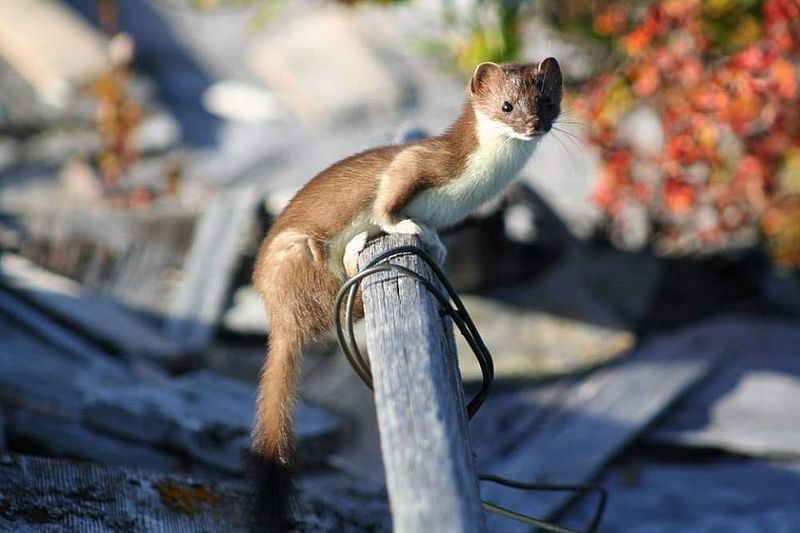
Among the tiniest mammals on Earth, the Least Weasel (Mustela nivalis) stands out for its small size and fierce nature.
Weighing as little as 25 grams (less than an ounce) and measuring just 11 to 26 cm (4 to 10 inches) in length, this tiny predator is remarkably efficient. Found across Europe, Asia, and North America, the Least Weasel is a master hunter, feeding mainly on rodents and small birds.
Its slender body allows it to chase prey through narrow tunnels and undergrowth with ease. Despite its small stature, the Least Weasel is bold and tenacious, a perfect example of how size doesn’t determine strength in the natural world.
Madame Berthe’s Mouse Lemur
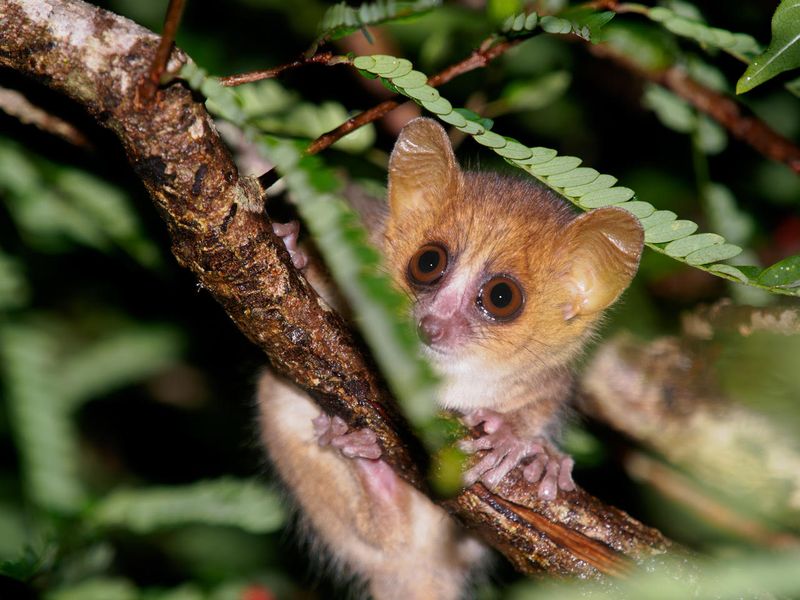
Known as the smallest primate, Madame Berthe’s Mouse Lemur weighs only 30 grams. These nocturnal creatures are native to Madagascar’s lush forests.
Their large eyes are perfect for night vision, aiding them in their search for insects and fruit. Despite their small size, they are adept climbers.
Their social structure is intricate, with family groups often sleeping together in tree hollows. Their existence underscores the unique biodiversity of Madagascar.
Pygmy Rabbit
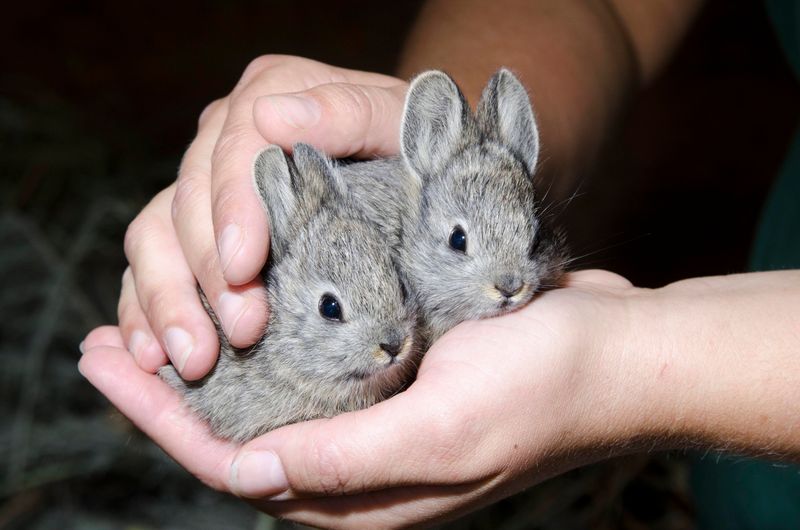
The Pygmy Rabbit, North America’s smallest rabbit, is perfectly adapted to its desert home. Weighing less than a pound, its diminutive size helps it hide from predators.
These rabbits thrive in areas with dense sagebrush, using it for both food and cover. Their burrows are intricate, providing shelter from harsh weather.
Despite their timid nature, they are essential to the ecosystem, maintaining the vegetation balance. Their cute, fluffy appearance belies their importance in the wild.
Pygmy Possum
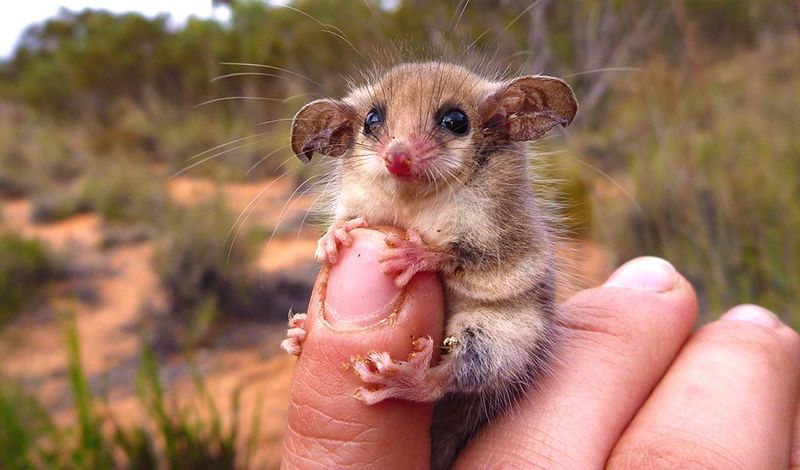
The Pygmy Possum, a diminutive marsupial, is a true survivor. These adorable creatures are found in various habitats across Australia.
Weighing as little as 10 grams, they can fit in the palm of your hand. Their diet includes nectar and insects, making them vital pollinators.
Despite their small size, they are hardy, enduring harsh conditions through torpor. Their existence is a testament to the resilience of nature’s tiniest beings.
Rusty-Spotted Cat

The Rusty-Spotted Cat (Prionailurus rubiginosus) is one of the smallest wild cats—and among the smallest mammals—on Earth.
Native to India and Sri Lanka, this elusive feline weighs just 1 to 1.6 kg (2 to 3.5 pounds) and measures only 35 to 48 cm (14 to 19 inches) in body length, about the size of a large kitten. Despite its petite frame, the Rusty-Spotted Cat is a skilled and agile hunter, preying on small birds, rodents, and insects.
With its soft, reddish-gray coat marked by tiny rust-colored spots, it blends seamlessly into dry forests and grasslands. This rare and solitary species is a remarkable example of nature’s delicate balance between size and survival.
American Shrew Mole
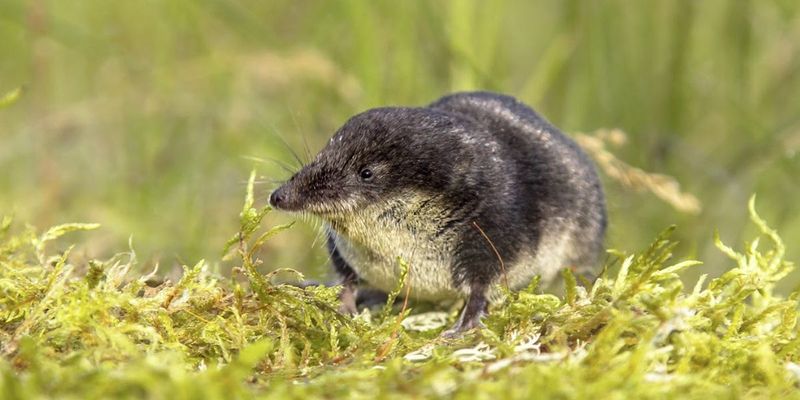
The American Shrew Mole (Neurotrichus gibbsii) is the smallest mole species in North America and one of the tiniest mammals in the world.
Measuring just 7 to 10 cm (about 3 to 4 inches) in length and weighing around 10 to 14 grams, it’s roughly the size of a ping-pong ball. Found in the moist forests of the Pacific Northwest, this elusive creature spends most of its life underground, tunneling through soft soil in search of insects, worms, and larvae.
Unlike its larger mole cousins, the American Shrew Mole has a more shrew-like appearance, with a long, pointed snout and smaller front claws. Its small size and secretive lifestyle make it a rarely seen but fascinating part of the forest ecosystem.

